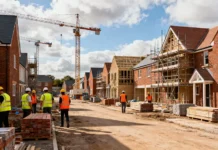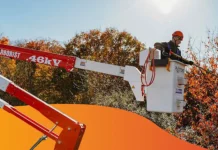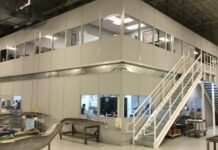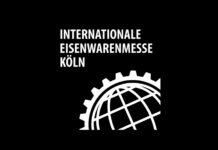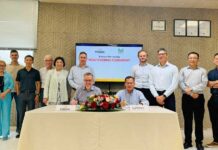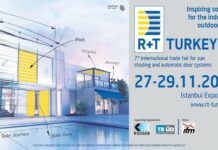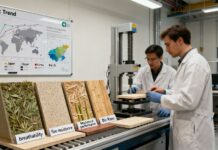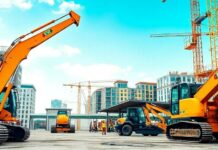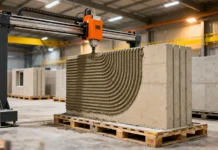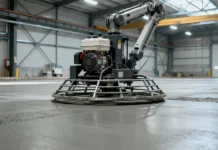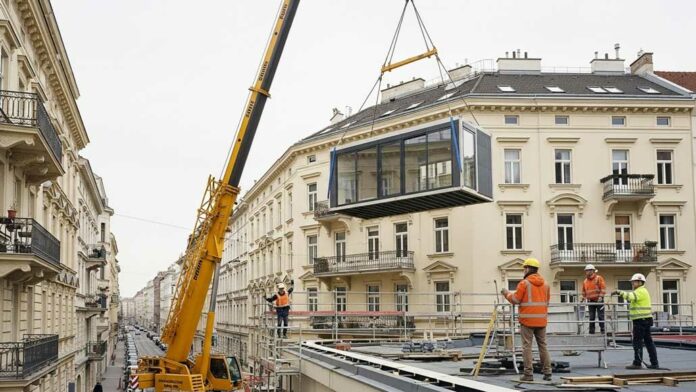STRABAG has introduced a new, serially manufactured residential building product that addresses some of Austria’s housing market challenges. Market challenges such as rising construction costs, a shortage of affordable housing, lengthy build times and the need for sustainable building methods.
TETRIQX is a modular building system with a high degree of prefabrication. It offers three fully planned residential building types for different construction categories, functioning like a building kit. All three can be added on top of existing residential buildings up to seven storeys high and feature optimised layouts ranging from approximately 44 m² to around 88 m².
Faster, Sustainable, and Affordable Solutions to the Housing Crisis
At a time when conventional construction and funding models are reaching their limits, STRABAG launches TETRIQX that opens up new perspectives for urban housing development. This includes high quality, efficient, sustainable and, above all, affordable. The modular prefabrication has reduced the construction times by up to four months compared to traditional methods. In some cases, overall project timelines can even be cut in half. This not only makes investment in new housing more attractive but also reduces disruption to neighbours from construction sites.
“Affordable housing is possible – but not with yesterday’s solutions. We have to build faster, more sustainably and more standardised, without compromising on quality. With TETRIQX, we deliver a solution that enables prices from € 1,950 per square metre for high-quality homes. That’s a genuine remedy for the looming housing crisis.”, said Markus Engerth, Member of the Management Board of STRABAG AG Austria
TETRIQX Enhances Sustainability with Low-Energy, Eco-Friendly Building Solutions
STRABAG launches TETRIQX that sets new benchmarks for sustainability. Buildings can be efficiently heated in the winter and maintain a pleasant cool temperature during the summer without any additional cost. This minimises the heating and cooling energy requirements during operation by at least 22%. Moreover, efficient serial production using sustainable materials reduces CO₂ emissions over the building’s entire life cycle by up to 50%.
The initial projects are scheduled to begin next year.



